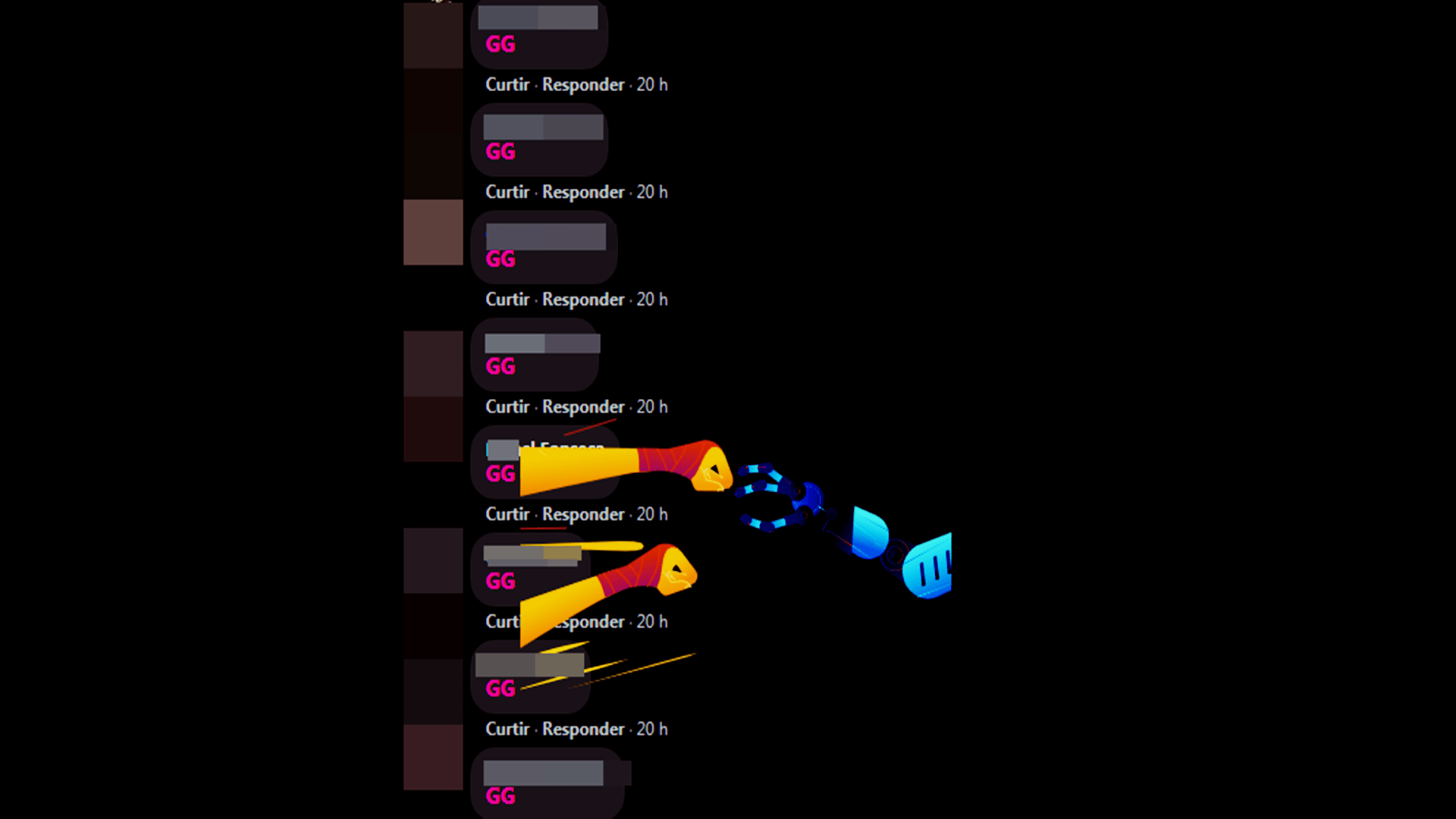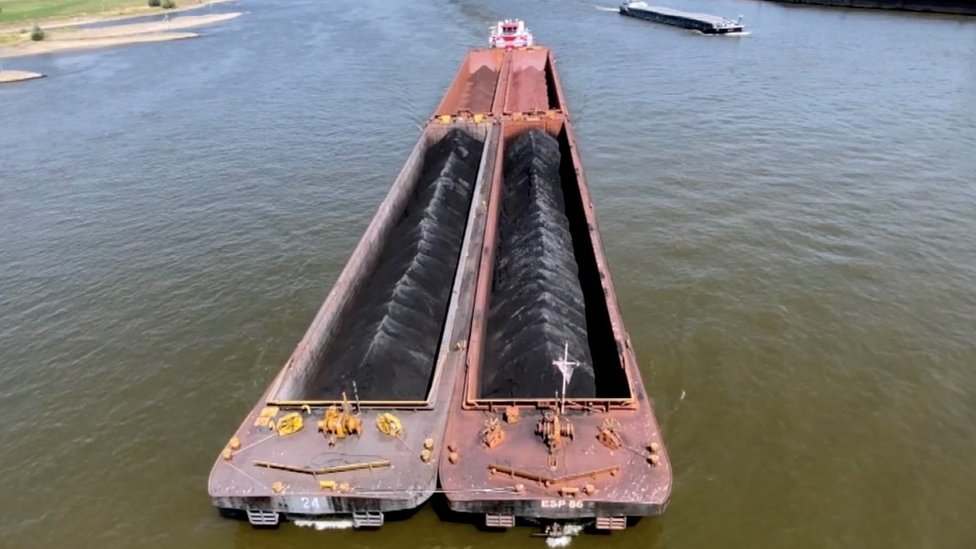

Electrocatalysis in Direct Ethanol Fuel Cells. Porous PdWM (M = Nb, Mo and Ta) Trimetallene for High C1 Selectivity in Alkaline Ethanol Oxidation Reaction.
Yingnan Qin, Hao Huang, Wenhao Yu, Haonan Zhang, Zhenjiang Li, Zuochao Wang, Jianping Lai, Lei Wang, Shouhua Feng. Controllable synthesis of platinum–tin intermetallic nanoparticles with high electrocatalytic performance for ethanol oxidation. Qian Di, Xixia Zhao, Wenjing Zhu, Yiliang Luan, Zhen Hou, Xiaokun Fan, Yan Zhou, Shutao Wang, Zewei Quan, Jun Zhang. Phosphorus-doping-tuned PtNi concave nanocubes with high-index facets for enhanced methanol oxidation reaction. 
 Aixin Fan, Congli Qin, Ruxia Zhao, Haixiao Sun, Hui Sun, Xiaoping Dai, Jin-Yu Ye, Shi-Gang Sun, Yanhong Lu, Xin Zhang. Improving the catalytic activity of Pt-Rh/C towards ethanol oxidation through the addition of Pb. Overview on the Vital Step toward Addressing Platinum Catalyst Poisoning Mechanisms in Acid Media of Direct Ethanol Fuel Cells (DEFCs). NiCoPd Inlaid NiCo-Bimetallene for Efficient Electrocatalytic Methanol Oxidation. Long Zhao, Ming Wen, Hao Fang, Kexin Meng, Xiaoyu Qiu, Qingsheng Wu, Yongqing Fu. This article is cited by 21 publications. The CO tolerance of Pt nanoparticles in PtAuSn/W 2C is improved by the presence of oxide species on W 2C through a bifunctional mechanism, as well as the electronic charge transfer from the W 2C support to the metallic nanoparticles through an electronic effect. FTIR spectra analysis and EC-MS during the ethanol oxidation reaction (EOR) show C–C bond breaking at the admission potential (0.05 V RHE) and an onset potential for the CO 2 formation at E ≥ 0.20 V RHE. We show that PtAuSn/W 2C has a higher electrocatalytic performance than PtAuSn/C, with a CO 2 conversion efficiency of 6.5% detected at 0.65 V versus the reversible hydrogen electrode (RHE) at room temperature with on-line quantitative EC-MS measurements. For a better understanding of the reaction mechanism, in situ techniques such as electrochemical mass spectrometry (EC-MS) and Fourier transform infrared spectroscopy (FTIRS) are employed. Vulcan XC-72-supported Pt(3 wt %)Au(3 wt %)Sn(10 wt %) is used as a reference (PtAuSn/C).
Aixin Fan, Congli Qin, Ruxia Zhao, Haixiao Sun, Hui Sun, Xiaoping Dai, Jin-Yu Ye, Shi-Gang Sun, Yanhong Lu, Xin Zhang. Improving the catalytic activity of Pt-Rh/C towards ethanol oxidation through the addition of Pb. Overview on the Vital Step toward Addressing Platinum Catalyst Poisoning Mechanisms in Acid Media of Direct Ethanol Fuel Cells (DEFCs). NiCoPd Inlaid NiCo-Bimetallene for Efficient Electrocatalytic Methanol Oxidation. Long Zhao, Ming Wen, Hao Fang, Kexin Meng, Xiaoyu Qiu, Qingsheng Wu, Yongqing Fu. This article is cited by 21 publications. The CO tolerance of Pt nanoparticles in PtAuSn/W 2C is improved by the presence of oxide species on W 2C through a bifunctional mechanism, as well as the electronic charge transfer from the W 2C support to the metallic nanoparticles through an electronic effect. FTIR spectra analysis and EC-MS during the ethanol oxidation reaction (EOR) show C–C bond breaking at the admission potential (0.05 V RHE) and an onset potential for the CO 2 formation at E ≥ 0.20 V RHE. We show that PtAuSn/W 2C has a higher electrocatalytic performance than PtAuSn/C, with a CO 2 conversion efficiency of 6.5% detected at 0.65 V versus the reversible hydrogen electrode (RHE) at room temperature with on-line quantitative EC-MS measurements. For a better understanding of the reaction mechanism, in situ techniques such as electrochemical mass spectrometry (EC-MS) and Fourier transform infrared spectroscopy (FTIRS) are employed. Vulcan XC-72-supported Pt(3 wt %)Au(3 wt %)Sn(10 wt %) is used as a reference (PtAuSn/C). 
The electrocatalytic behavior of a tungsten carbide-supported Pt(3 wt %)Au(3 wt %)Sn(10 wt %) catalyst (PtAuSn/W 2C) is investigated toward the oxidation of ethanol at temperatures below 70 ☌.








 0 kommentar(er)
0 kommentar(er)
